BLOGS
No Way But Up: Real Estate Prices Continue To Rise
The increasing rate of inflation is causing panic in a global scale. People are wondering where to put their hard-earned money as to not lose its value sitting in the bank over time. This caused a buying mania on different kind of investments such as stocks, cryptocurrency, and real estate. This demand is one of the reasons why prices continue to rise—for real estate, in particular.
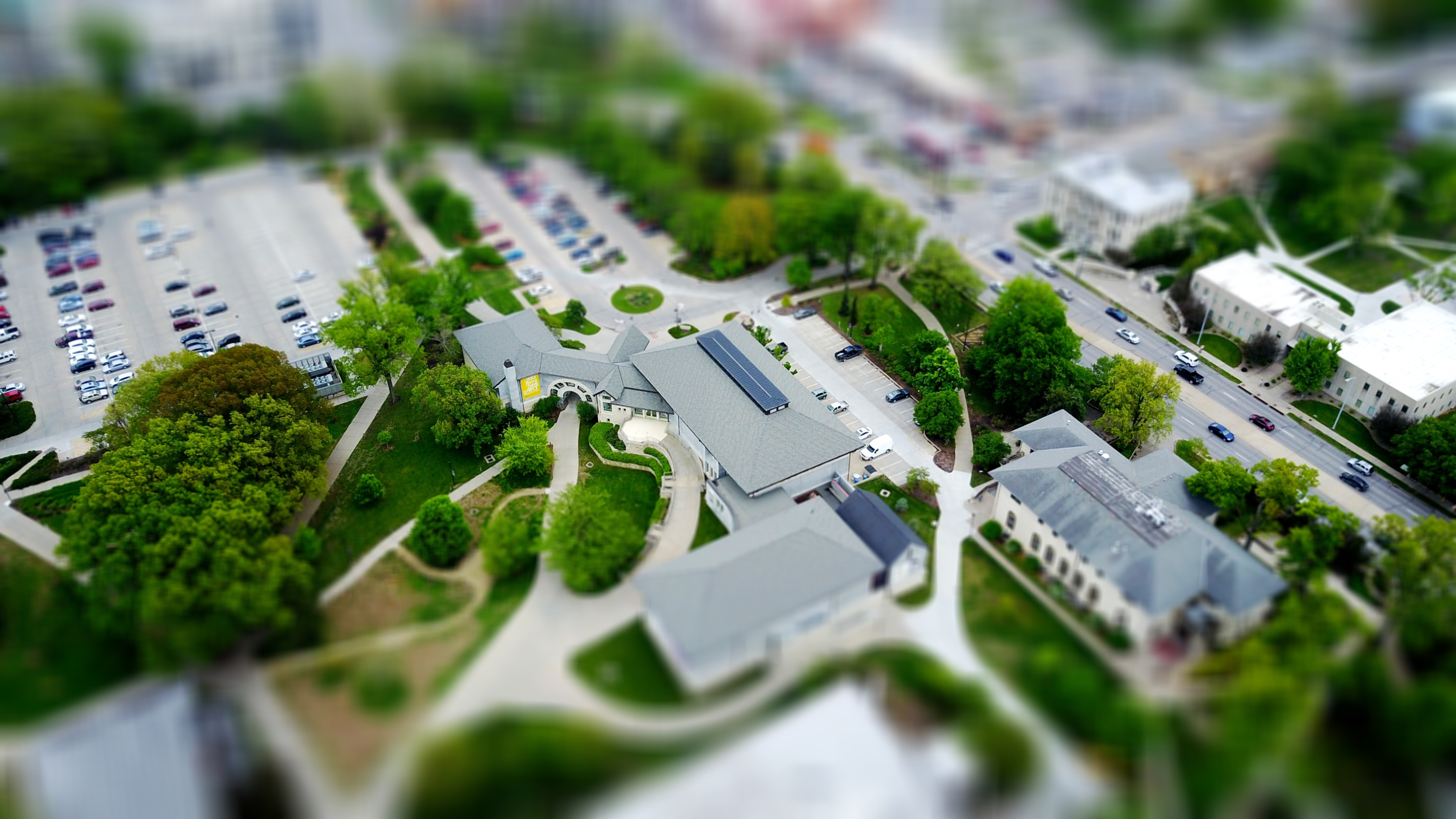
Real Estate Market During the Pandemic
The real estate market has experienced swings in demand and supply during the pandemic. Naturally, during the first couple months of lockdowns and heightened restrictions, buyers and sellers dropped everything to ensure their safety. This was evident as home sales was at its lowest during this period, not just in the Philippines but all over the world. This also caused changes in real estate prices to compensate the crisis in the housing market.
As the people embraced the “new normal” few months into the pandemic, real estate developers and professionals joined the call to massive digitization of sales processes in the industry. This made way for easier buying and selling process as people can now look into real estate properties even in the comfort of their homes. Also, the people’s frustrations in being confined inside their homes for months have caused a demand on residential properties in suburban communities for bigger and better space with prices that are nearly the same or even lower than the ones in the metropolitan areas.
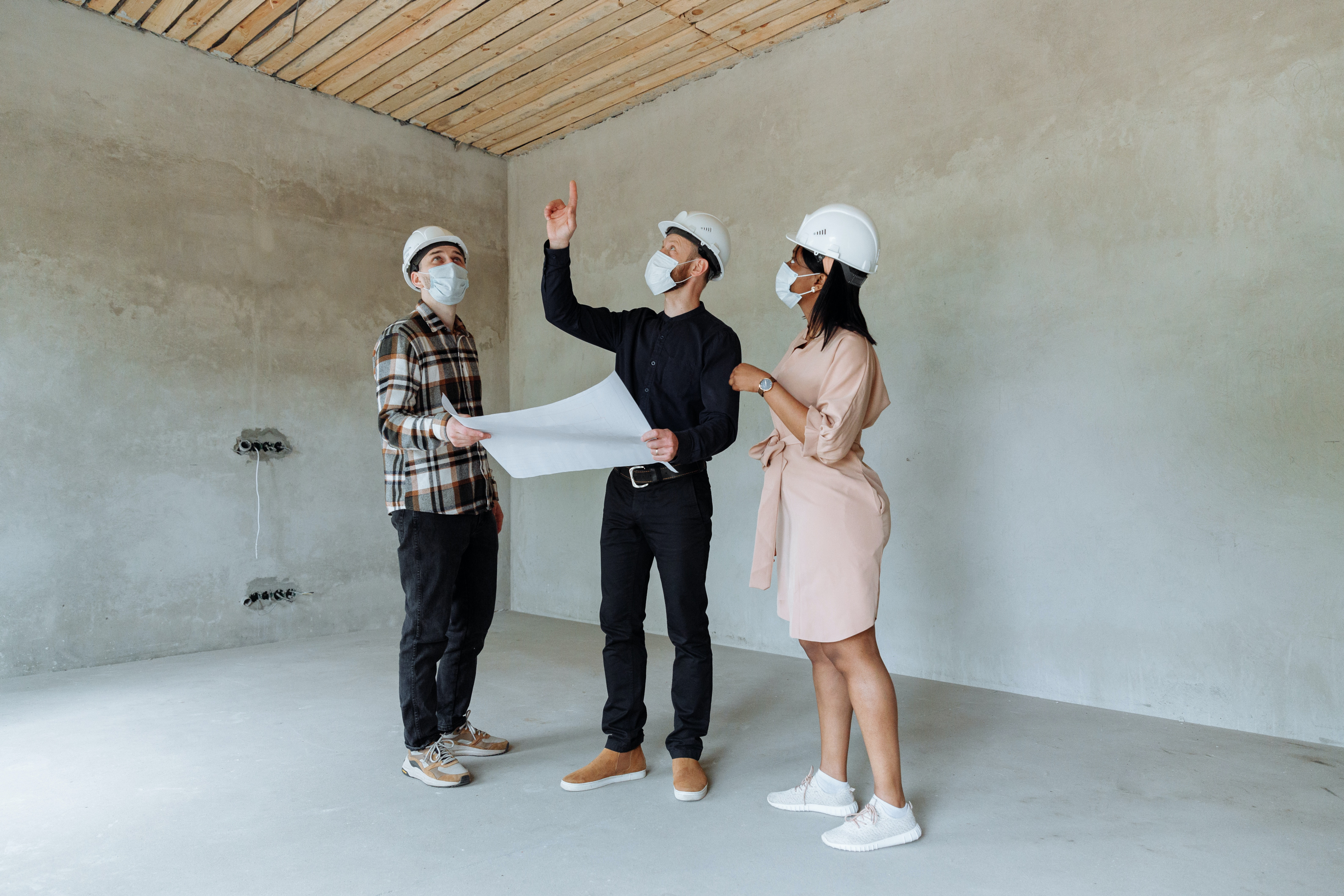
The “Boom” in the Real Estate Market
Despite the crisis that all industries faced because of the pandemic, the real estate market surprisingly experienced a great demand or a “boom” on residential properties. People can no longer appreciate the value of living in urban cities because of the inaccessibility of amenities such as malls, restaurants, indoor gatherings, and more. This intensified the people’s preference to dwell in a suburban community that is not as cramped as the ones in the cities.
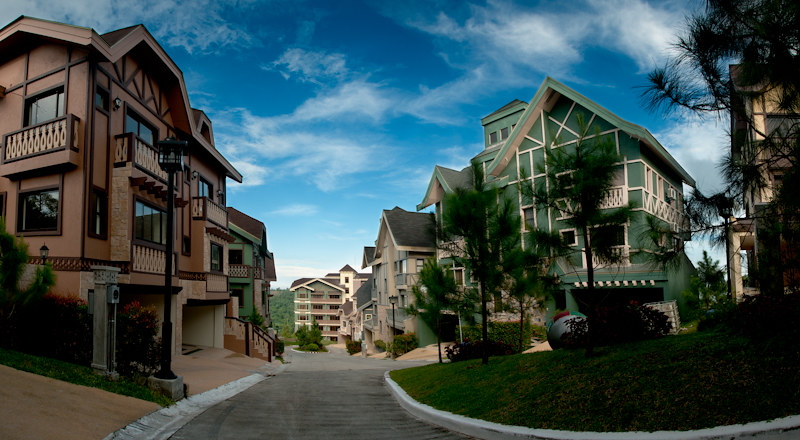
As reported by Philippine News Agency in 2021, there is a continuous strong demand for residential properties in the Philippines coming from the high-income segment. It is said that people are looking for a new or second home in locations that have low population density and have features that are focused on residents’ health and wellness such as good air quality and green spaces. The same news agency also reported that there were no delays in homebuyers’ payments for mid-range residential properties which is fortunate for the real estate market.
Vacation homes also became more familiar concept during the pandemic. In the United States alone, the sales of vacation homes rose to 40% in 2020 as reported by The Washington Post. Even though the clamor started to fizzle this year, this unique demand has contributed greatly to the slow recovery of the real estate market from the crisis.
Real Estate Prices Continue to Rise
Aside from the industry demand, there are many factors that affect real estate prices—one of which is economic growth. Professionals have forecasted that the Philippines will have the fastest Gross Domestic Product (GDP) among ASEAN nations this year, thus the future of real estate looks positive. It is said that the industry is set to recover from the effects of the pandemic this year.
In March 2022, Philippine Star reported that the real estate prices in the Philippines rose during the second half of 2021. The source for this report is the Residential Real Estate Price Index (RREPI) who measures the movements in the prices of different residential properties based on data from banks on actual housing loans released to clients. The Bangko Sentral ng Pilipinas (BSP) then uses the report from RREPI to assess the market conditions of both real estate and credit in the country.
According to RREPI, the rates of real estate properties nationwide grew by 4.9 percent in the last quarter of 2021 which is faster compared to the 0.8 percent recorded from the same quarter of 2020. As observed, the prices went up by 1.1 percent towards the end of 2021 which is being correlated to the increasing demand for real estate together with the improving pandemic situation in the country.
In Metro Manila, the nation’s capital region, the prices of properties jumped by five percent which is lower by 1.2 percent from the previous record; for properties outside the metro, the prices increased by 5.1 percent which is higher by 2.6 percent from the previous record.
The top drivers for the increase in real estate prices are the cost of townhouses and condominium units that climbed by 22.6 percent and 10.4 percent, respectively. On the other hand, the cost of duplex and single detached units slipped by 10.2 percent and 1.1 percent, respectively.
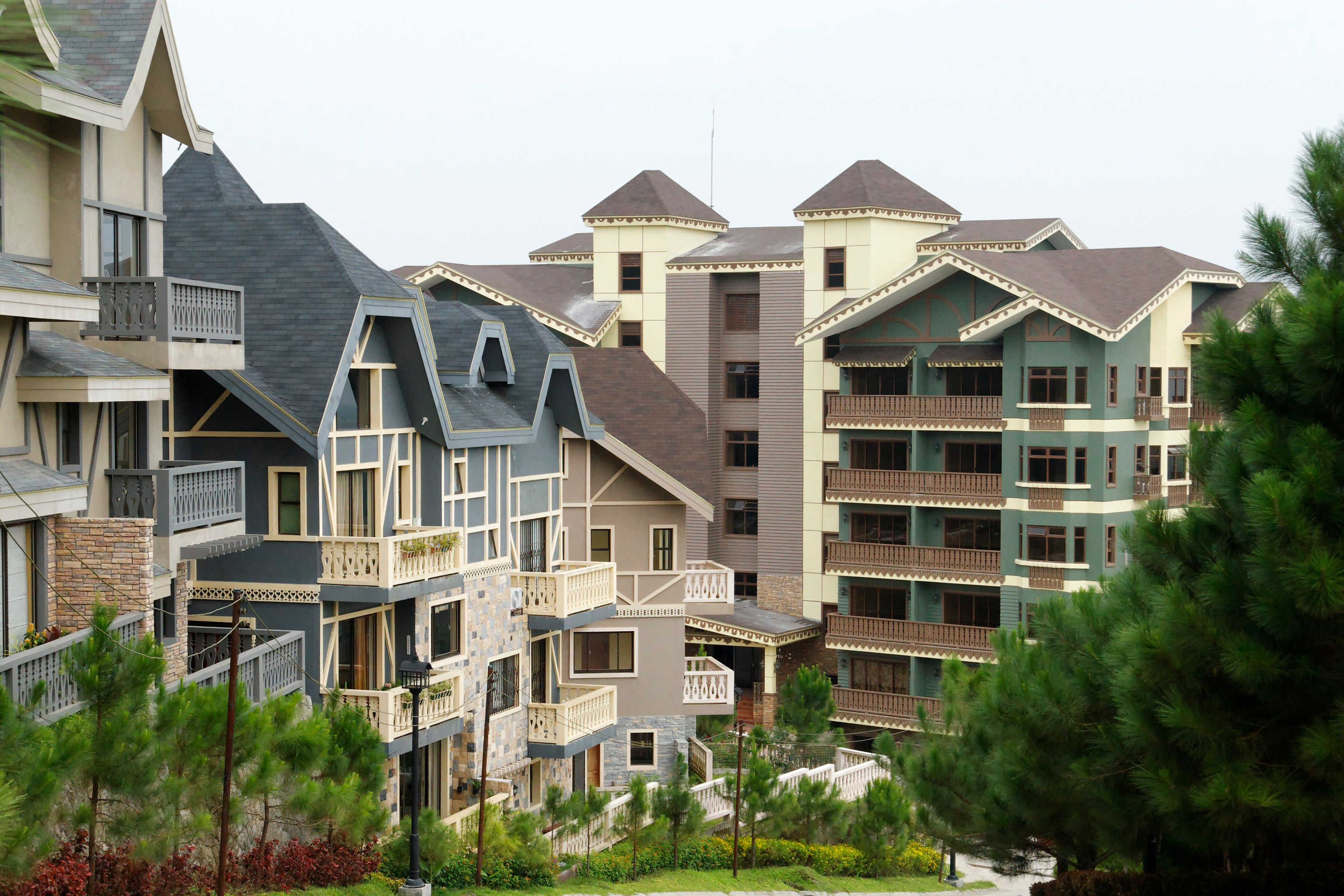
As for the housing loans, it went down by 11.5 percent in October to December 2021 which is a huge slip compared to the 3.6 percent decline recorded in 2020. Although, the overall residential real estate loans still grew by two percent as housing loans for areas outside NCR experienced a 5.9 percent growth. It is observed that three in four of these housing loans were used to acquire new properties with 44.6 percent for condominium units, 39.3 percent on single-detached homes, 15.6 percent on townhouses, and 0.5. percent on duplex properties.
Lastly, the average appraised value of a new residential property is at P74,347 per square meter (sqm) nationwide as reported by RREPI as well. Although, this price is different for urban and rural areas. In Metro Manila, the average appraised value per sqm is at at P115,235. For areas outside of the capital region, it is at in P49,905.
The Best Time to Invest in Real Estate
As previously mentioned, some of the factors that heavily affect the real estate market is its supply-demand dynamics and economic growth. At a given time, the real estate market can either be a buyer’s market or a seller’s market.
Buyer’s market happens when the number of available real estate properties outnumbers the demand or the number of potential buyers. This will make the prices go down as sellers will try their best to offer the best deal possible to attract the buyers. The opposite of a buyer’s market is a seller’s market, which occurs when demand exceeds supply. This means that there are many interested people to buy properties so sellers have the luxury to keep their prices up as the odds are in their favor this time.
Needless to say, the best time to invest in real estate is during the buyer’s market. But the question is, should a prospect wait for it to be a buyer’s market before investing?
For someone who has the means and can tolerate the risks of real estate investing, the answer is no. Currently, both the housing prices and demands are high. Truth be told, this combination is not ideal for a buyer but the times have changed the real estate market. According to reports, there are no clear evidence that these factors will ever go back to how it was before the pandemic. Moving forward, as the housing inventory continues to go down, the sellers in the real estate market have no choice but to pull the prices up.
Bring Back House Flipping
Before the pandemic, house flipping became the trend when it comes to real estate investing. People are fascinated with this idea that many even subscribe to shows on television and on digital platforms that features houses being flipped. It seems that the world likes the concept of buying and furnishing a beaten up real estate property into something brand new. For a potential investor who is enthusiastic about house flipping, then it is an option they can try.
Back in 2018, there were around 50,000 properties that were flipped as a form of investment in the United States. This is an all-time high for the house flipping business, with the highest rates in more than six years.
So, how to earn money with house flipping? Basically, it is like a buy-and-hold type of investment but with an added step of fixing and designing the house. This is why those who are into this business sure knows what they do before making an investment. It takes education and patience as it requires a lot of work—buying the property, doing the actual house flipping, then selling it. An investor must be committed to see it throughout the entire process to ensure that there will be no serious losses along the way.
Steady Cashflow? Be a Landlord.
Real estate has historically been among the industries considered as a safe investment. However, due to the continuous price increases, it is getting harder for regular people to buy a real estate property. For someone who has the means to invest, renting out the property is one of the best source of income especially for those looking for a passive yet steady cashflow.
Rental housing is slowly experiencing a rebound. Since the competition for real estate properties continue to rise, potential buyers experience rejections left and right when trying to buy a property. This contributes to a stronger rental market all over the country especially now that return-to-office work set-up is being reintroduced. Many laborers are coming back near the business districts after staying in the suburbs for most of the pandemic.
If house flipping and a buy-and-hold investment is too tedious or risky for an investor, being a landlord might be a more familiar concept. Of course, it also takes some work and the investor’s due diligence to check the property first and ensure that it is located in a place where people will want to rent. There might be a buying mania at the investment market but one must not make hasty decisions and suffer loss in the end.
Get into Homeownership
While it is not considered as an investment per se, getting out of the rental cycle into homeownership is a dream for many Filipino families. With the real estate prices going up each year, being a homeowner has equity-building opportunities. Instead of making immediate profit or a steady cashflow, buying a home for the family can be considered a long-term investment that can last for generations.
The home buying process can be intimidating for a first-timer. Truth be told, it is a long-term commitment with a huge price tag that comes with it. But for someone who is already decided to buy a home, the best time to get into it is now as the prices is seen to continue rising for the years to come. Wait some more and it might be increasingly challenging to acquire a property with the steep cost and competition in the market. In that case, it will even harder to experience freedom from being a renter.
Invest in Brittany’s Luxury Homes
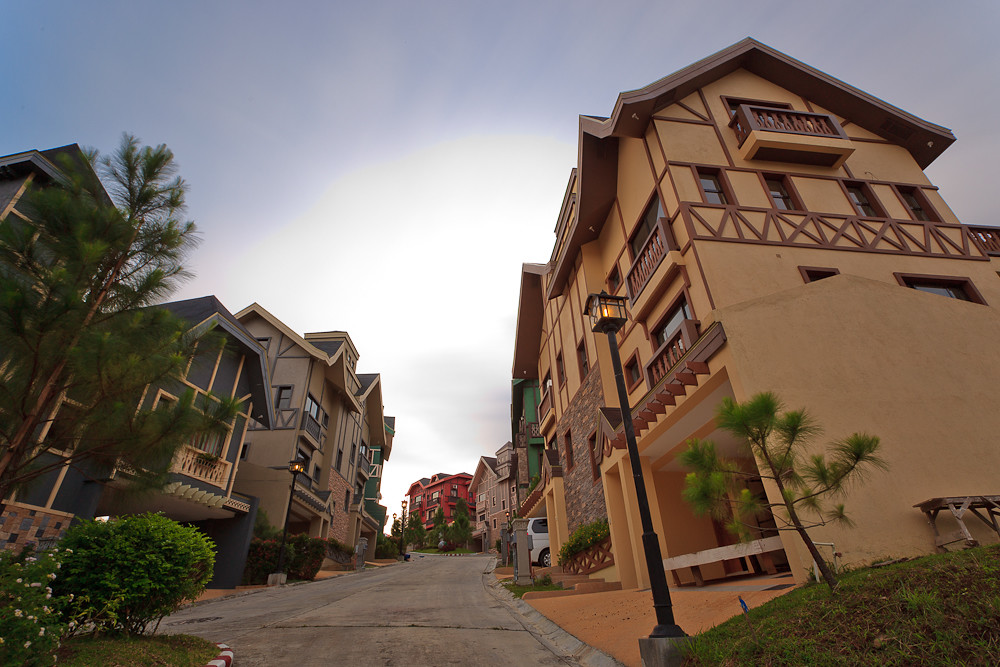
Whatever one’s objective is in getting into real estate investing, the bottomline is that the prices continue to rise and experts do not see it slowing down anytime in the near future. For homeowners and investors, this is great news as it benefits those who already have real estate assets under their ownership. But it is not too late for potential buyers to get into it! Each day, there are new listings that might fit their preferences and budget for a real estate property.
Want to be a homeowner? Check out the most beautiful houses in the Philippines in Brittany Corporation‘s extensive portfolio or luxury homes for sale, luxury condo, and luxury lots! Brittany Corporation is building luxury themed communities to provide a world-class residential experience with the high-income market in mind. These communities are inspired by international travel destinations that are located in breathtaking cities in the South such as Tagaytay, Santa Rosa, Alabang, and Sucat.
Send a message to this link for any sales inquiry. You may also follow Brittany Corporation’s social media pages to get to know their luxury real estate developments in the country.

















